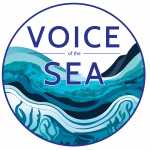Voice of the Sea Season 5
Voice of the Sea is broadcast on TV in Hawaiʻi, American Samoa, Guam, Palau, The Federated States of Micronesia, and The Marshall Islands. Click on the episodes below to watch Voice of the Sea full episodes or 30 second promos. Voice of the Sea is also available on our YouTube channel and Vimeo page.
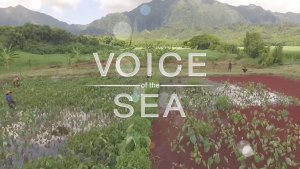
Water Resources Research
We see fresh water from new perspectives as we take a look at some of the Water Resources Research Center's work to better understand the unique water and wastewater management problems that we face in the Pacific. We visit the ...

Designing Future Coastal Communities
We’re at the University of Hawai’i at Mānoa’s School of Architecture. We’re looking at projects designed to help coastal O’ahu communities adapt to climate change and sea level rise. We talk to students, researchers and faculty about their focus on ...
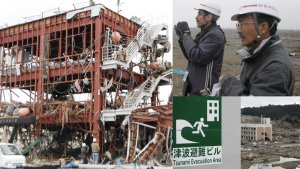
Engineering Tsunami Resilience
We investigate how engineers study and design buildings to withstand destructive forces, like tsunamis. We’ll learn about the dangers to Hawai’i, the plan for vertical evacuation in Honolulu, and the new building code. We talk with distinguished professor, Dr. Ian ...
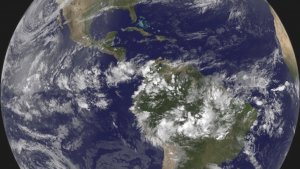
Are You Ocean Literate?
The ocean regulates our weather and climate. It supplies food, medicine, minerals, and energy resources. Our environment, economy, and society all depend on the processes of the ocean. The ocean literacy principles describe seven big ideas we should all understand ...

Adapting Culture to Climate Change
We’re learning how scientists, cultural practitioners, and community members are working together to understand and adapt to the effects of climate change. We investigate the relationship between a changing environment and water quality in local fishponds as well as the ...
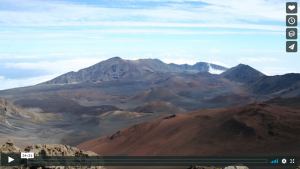
Climate From the Mountains to the Past
We profile some of the work done by the Pacific Island Climate Adaptation Science Center — who partners with communities across the Pacific to enact solutions that help people adapt to their changing climates. We talk to researchers on Maui studying ...

Human Assisted Corals
We’re investigating how assisted evolution is increasing the resilience of corals in the Ruth Gates Lab at the Hawai‘i Institute of Marine Biology, which is internationally famous for this cutting-edge research. We’ll talk to the Gates Lab project manager, Genetics ...
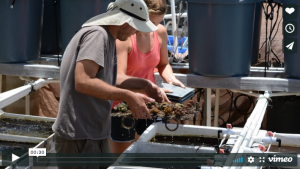
HIMB Technology
We’re learning about the technology that researchers at the Hawai‘i Institute of Marine Biology use to study genetic relationships, conduct long term experiments, and remotely assess the health of coral reefs. Watch the trailer for Season 5, Episode 6 on ...
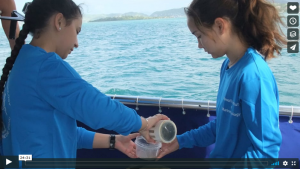
Visiting the Hawai‘i Institute of Marine Biology
We travel to the Hawai‘i Institute of Marine Biology (HIMB) with students from the Kulia Marine Science Club. HIMB is a world leader in research to understand and conserve tropical marine ecosystems. In recent years, HIMB has also integrated itself into ...

Origins of Hawaiian Reef Fishes
We journey to the island of Okinawa and the Kiritimati atoll with Dr. Brian Bowen’s lab at the Hawai‘i Institute of Marine Biology—collecting DNA samples to better understand the origins and present-day connectivity of Hawaiian reef fishes. Migration of fish ...

Fish Origins Revealed in DNA
We’re investigating the origins of Hawaiian reef fishes with Dr. Brian Bowen’s lab at the Hawai‘i Institute of Marine Biology. The Hawaiian islands are in the middle of the Pacific Ocean Basin and far away from other coral reefs—meaning that ...
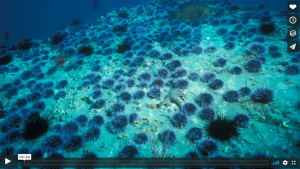
The Rise and Fall of Marine Invertebrates
We’re investigating the rise and fall of marine invertebrates. Populations of animals like snails, sea stars, and sea urchins are known to increase dramatically and die-off suddenly. Sometimes, the population explosion is harmful to the environment—like when the coral-eating, crown ...
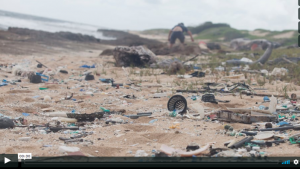
Marine Debris
We’re learning about marine debris—the problems and issues as well as what our island communities are doing to combat the problem. We’ll visit the James Campbell National Wildlife Refuge, a grass-roots micro plastic clean-up effort on Kauai, and the Honolulu ...
IN THIS SECTION
Select a season of Voice of the Sea
Contact information:
Kanesa Seraphin, Ph.D.
kanesa@hawaii.edu
CONNECT


